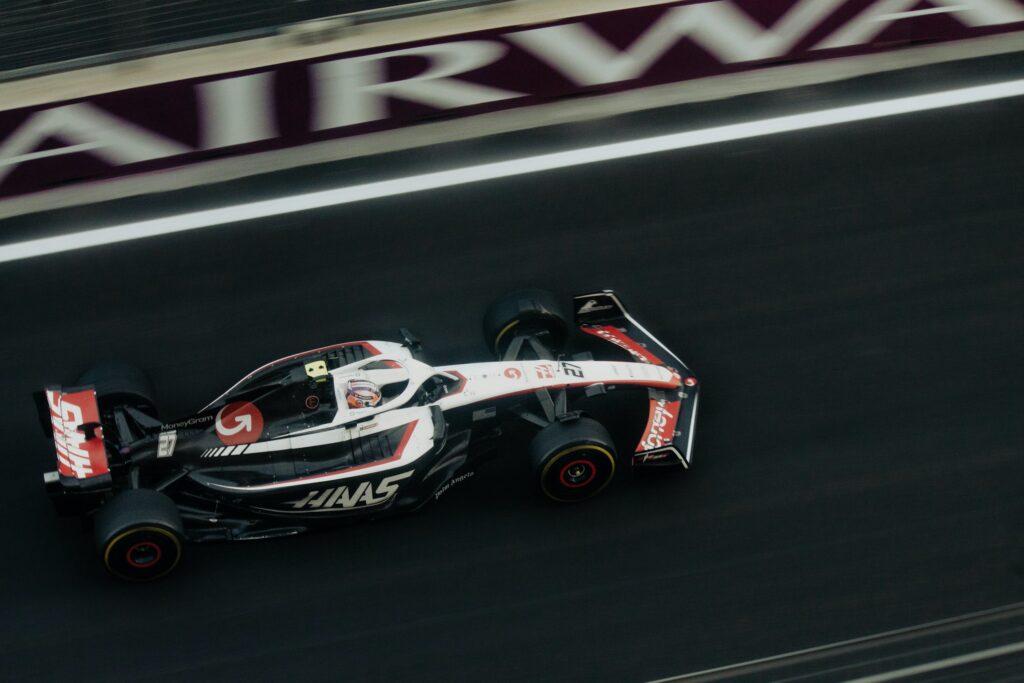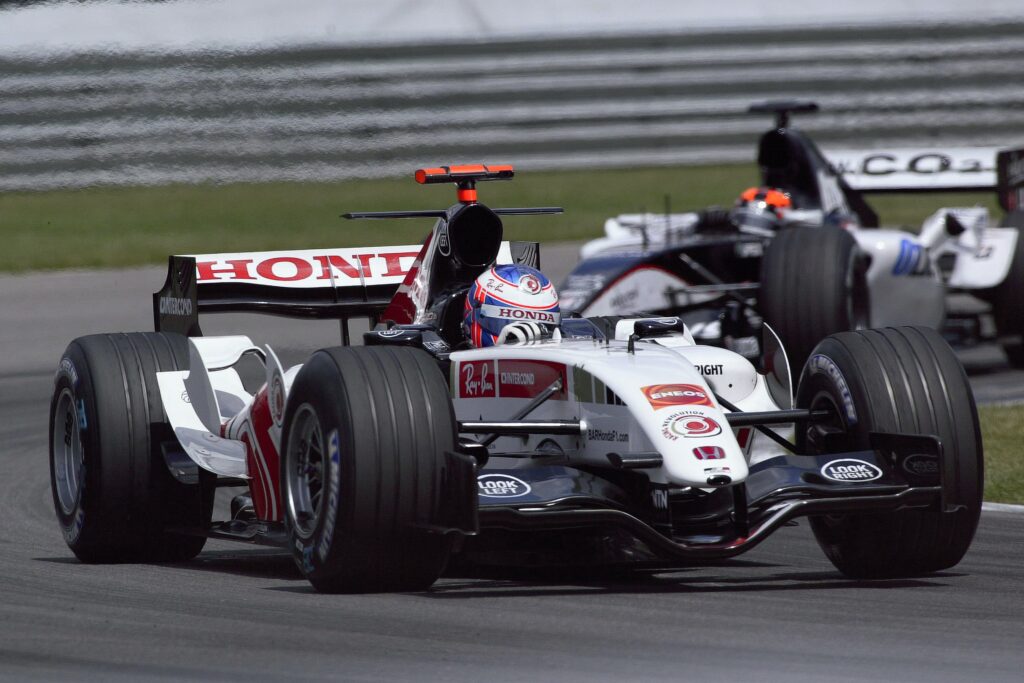Formula 1 (F1) teams generate revenue through a combination of various income streams. The financial structure of F1 teams can be complex, and it involves income from several sources. Here are some of the key ways in which Formula 1 teams make money:

- Prize Money:
- Teams earn prize money based on their performance in races and their position in the Constructors’ Championship. The higher a team finishes in the championship standings, the more prize money it receives. This encourages competitiveness and success.
- Championship Bonus:
- Teams that have a historical significance or have been successful in the past may negotiate additional bonuses with Formula 1 management. This can be based on factors such as the number of championships won or the team’s historical contribution to the sport.
- Commercial Sponsorship:
- Sponsorship is a significant source of revenue for F1 teams. They secure commercial partnerships with companies that want to promote their brands through the global exposure that F1 provides. Sponsors’ logos are prominently displayed on the cars, driver suits, helmets, and team merchandise.
- Team Partnerships:
- In addition to primary sponsors, teams often have partnerships with other companies that provide various services or products. These partnerships can include technology sponsors, logistics partners, and more.
- Driver Sponsorship:
- Drivers themselves often bring sponsorship deals to the team. In some cases, a driver’s personal sponsors may also become team sponsors. The marketability and popularity of a driver can impact the team’s ability to attract sponsors.
- Merchandising and Licensing:
- Teams sell branded merchandise, including team apparel, model cars, and other items, to fans. Licensing deals for the use of team logos and trademarks also contribute to revenue.
- Hospitality and VIP Experiences:
- F1 teams offer hospitality packages and VIP experiences to sponsors, partners, and high-profile guests during race weekends. This can include exclusive access, meet-and-greet opportunities with drivers, and premium seating.
- Engine and Technical Partnerships:
- Teams often enter into partnerships with engine suppliers and technical partners. These agreements can involve financial contributions, technology transfers, or other forms of collaboration.
- Broadcasting Revenue:
- While the bulk of the Formula 1 broadcasting revenue goes to the F1 organization, some agreements may involve revenue-sharing with teams. Teams also benefit from exposure through TV broadcasts, which can attract sponsors.
- Performance Bonuses and Incentives:
- Some contracts between teams and drivers include performance bonuses. These bonuses may be triggered by achievements such as race wins, podium finishes, or specific championship standings.

It’s important to note that the financial landscape of Formula 1 is subject to negotiation, and the details of revenue distribution and team agreements can vary. Teams operate in a competitive environment, and financial success often depends on their on-track performance, marketing strategies, and business negotiations.